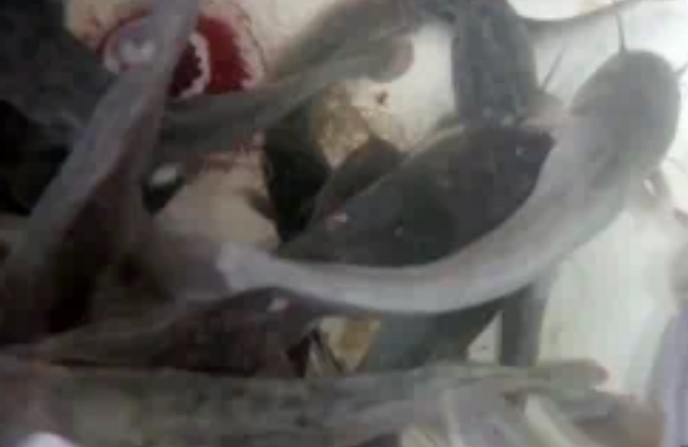Fish Feed: Physical Properties of Quality Fish Feed
Physical Properties of Quality Fish Feed
In this post, I will be showing you the physical properties of quality fish feeds you need to know. Firstly we need to understand what a feed is.
What is a feed?
The term “feed” can have different meanings depending on the context. Here are a few possible definitions:
- In the context of social media, a feed refers to a list of updates or posts from people and pages that a user has chosen to follow. Examples of social media feeds include the Facebook News Feed, the Twitter timeline, and the Instagram feed.
- In the context of web technology, a feed is a standardized format for publishing frequently updated content such as blog posts or news articles. Examples of feed formats include RSS and Atom. Users can subscribe to feeds using feed readers or news aggregator apps to receive updates automatically.
- In the context of animal husbandry, feed refers to the food that is given to livestock such as cows, pigs, fishes, and chickens.
- In the context of manufacturing, a feed is a material that is being processed or transformed by a machine or tool. For example, in metalworking, the feed is the metal bar or sheet that is being cut, drilled, or shaped.
- In the context of machine learning and artificial intelligence, a feed refers to the input data that is fed into a neural network or other computational model for processing and analysis.
A significant difference between feeding fish and land animals is that once fish have been fed in excess, the leftover cannot be retrieved from the pond water, unless when fed with extruded or floating pellets.

Even though in the case of land animals, the excess feed can be retrieved because they are fed in containers, even land animals encounter problems when too many fines are in their feed.
Too many fines in fish feed would make the fish unable to eat all the feeds and obtain the required nutrients needed for growth, as the feeds would dissolve and disintegrate before being consumed.
Consequently, this would result in a greater risk of poor water quality and poor growth performance.
Factually, the higher the feed quality used, the less feed wastage, and the easier the pond water quality management. It is proven that the better the water quality, the greater the pond carrying capacity and the faster the growth performance of the fish.
Also See: Production of Fish Feed from Local Feedstuffs
Therefore, below are some physical properties of good and quality foreign and local feeds.
- Feed ingredients used should be finely ground: The pellets would have uniform colour and morsels of maize/corn or any other ingredient should not be distinguishable.
- No fines or dust in the feed: Much fine/dust on the feed would eventually be wasted in the form of powder floating on the water’s surface. Though Tilapia spp may eventually consume this powder bigger catfish would not.
- The firmness of pellets: The pellets should be firm with water stability of at least 20 – 30/40 minutes. The pellet’s water stability is the time taken for the pellet to fall apart in water. Gelatinized edible starch or any good feed binder added during the mixing of the ingredients helps to bind the pellets together.
- Uniformity and correctness of feed size: The feeds should be moulded to a uniform size and of the correct size of the fish stage/size of which the feeds are being produced. This is done adequately so the fish can swallow the pellets. A size of about one-quarter (¼) of the diameter of the fish mouth is advised.
- Feed palatability: The feed should be formulated to be palatable to the fish with a good smell, feel, and taste (fishlike smell). This is strongly advised as fish would always vomit or only slowly consume feed that is not palatable to them.
How long can well-formulated Fish feed last?
A well-formulated fish feed can last for several months to a year or more if it is properly stored under the right conditions. The shelf life of fish feed depends on several factors such as the type of feed, the manufacturing process, and the storage conditions.
Factors that can affect the shelf life of fish feed include moisture content, exposure to air and sunlight, temperature, and the presence of contaminants or pathogens. To ensure that the feed stays fresh and nutritious for longer, it is important to store it in a cool, dry place away from direct sunlight and pests. Additionally, the feed should be properly sealed in airtight containers to prevent moisture and air from entering.
It is important to check the expiry date on the packaging and use the oldest feed first. Using expired feed can be harmful to fish health and growth as the nutritional content of the feed may have degraded over time. It is also important to observe the fish while feeding and adjust the feeding rate and frequency based on their appetite and growth rate.






